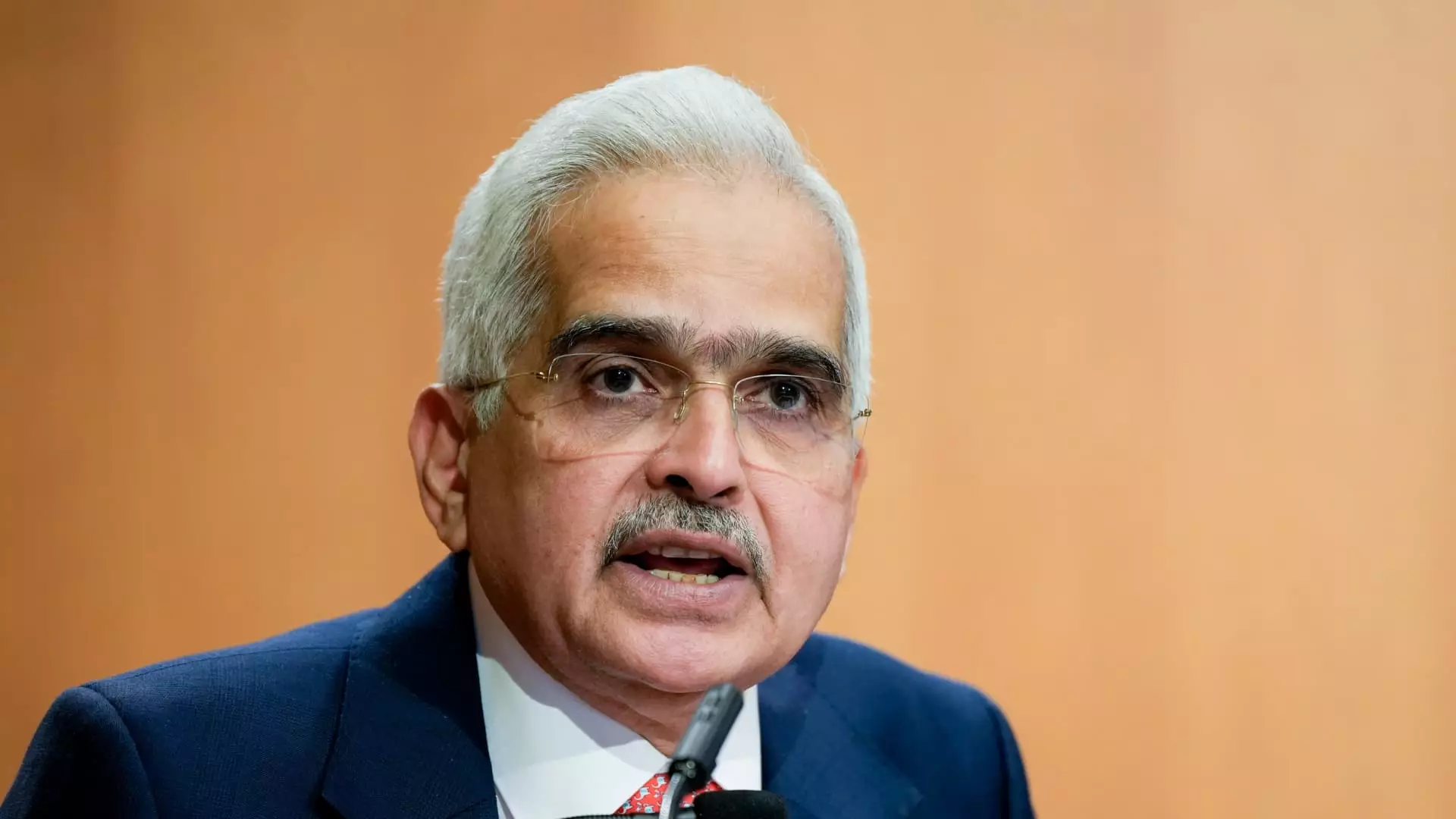In the evolving landscape of global commerce, central banks have displayed remarkable adeptness in navigating through an era riddled with unprecedented challenges. Shaktikanta Das, the Governor of the Reserve Bank of India (RBI), recently articulated this sentiment during a keynote address at CNBC-TV18’s Global Leadership Summit in Mumbai. He underscored the impressive performance of various central banks in managing monetary policy, despite ongoing geopolitical tensions and economic unpredictability. Nevertheless, Das cautioned that while a “soft landing” has been achieved, there remain significant threats to both inflation rates and economic growth that warrant careful attention.
The term “soft landing” refers to a delicate balance where an economy can transition into a slowdown without slipping into a recession. Das’s acknowledgment of the continuing risks applicable to inflation and growth is indicative of the complex interplay between various economic signals, none of which can be ignored. Geopolitical conflicts, economic fragmentation, fluctuating commodity prices, and environmental changes constitute a potent mix of influences that could undermine the fragile stability achieved so far.
Contradictions in Global Markets
Das elaborated on several paradoxes within global markets, highlighting the peculiar strengthening of the U.S. dollar amid declining interest rates from the Federal Reserve. This situation may appear counterintuitive, as typically, lower interest rates might depress currency value. However, this divergence exemplifies that multiple factors, including investor sentiment and broader economic data, can simultaneously influence currency movements, complicating straightforward analyses.
As the dollar index reached its highest point since the previous November, market observers closely monitored the potential ramifications of a second Donald Trump presidency concerning U.S. interest rates. Tighter trade policies and stricter immigration measures could amplify inflationary pressures, hindering the duration and effectiveness of the Fed’s rate-cutting strategy. The Federal Reserve had recently executed its second consecutive interest rate reduction and hinted at the possibility of further cuts aimed at sustaining economic momentum.
Interestingly, even amid a global trend of monetary easing, bond yields are witnessing an upward trajectory. This phenomenon underscores how financial markets are impacted by multifaceted global dynamics—not merely restrictive monetary policies. Das emphasized that rising government bond yields are a product of varied influences that extend beyond immediate policy decisions, pointing toward a nuanced environment where investor expectations alternately shape and respond to economic conditions.
Moreover, the discrepancy between the performance of gold and oil prices illustrates the complexities of the current market landscape. Typically, these commodities tend to move in similar directions; however, their recent divergent trajectories pose interesting questions about investor priorities and market sentiment, particularly in light of heightened geopolitical risks.
Despite the structural and operational challenges faced by global trade—including tariffs, sanctions, and subsequent disruptions in supply chains—Das maintained an optimistic outlook for trade performance in the upcoming year. This projection acknowledges that, while risks remain, difficulties can spur innovation and adaptability, leading to resilience within the global trading system.
Turning the focus to India, Das lauded the nation’s economy for its robustness, predicting a moderation in inflation even amidst occasional fluctuations. India’s ability to maintain a steady growth rate, even during turbulent global conditions, illustrates its resilience and potential for further economic expansion.
In a parallel discussion at the broadcast event, Piyush Goyal, India’s Union Minister of Commerce, put forth a compelling argument for the RBI to consider monetary policy adjustment by lowering interest rates to stimulate further growth. Despite the RBI holding its key interest rate steady at 6.5% and adopting a “neutral” stance, the call for a stimulus underscores a shared desire among policymakers to invigorate the economy and sustain India’s position as one of the fastest-growing economies globally.
While the global economy has demonstrated adaptability in the face of considerable shocks, vigilance is crucial. Policymakers must remain responsive to the persisting risks of inflation and slowing growth, ensuring that strategies are in place to navigate the complex and often contradictory economic signals influencing markets worldwide.

Leave a Reply